As the demand for sustainability in our country continues to surge, a remarkable resurgence of vernacular design is taking place. With its deep roots in tradition, indigenous influence, and local customs, Vernacular architecture has emerged as a captivating alternative to globally influenced architectural styles and designs crafted by professionals. What sets vernacular architecture apart is its intrinsic understanding of the needs and practices of the local people. It harmonises with the users and the surrounding environment, resulting in tailored structures.
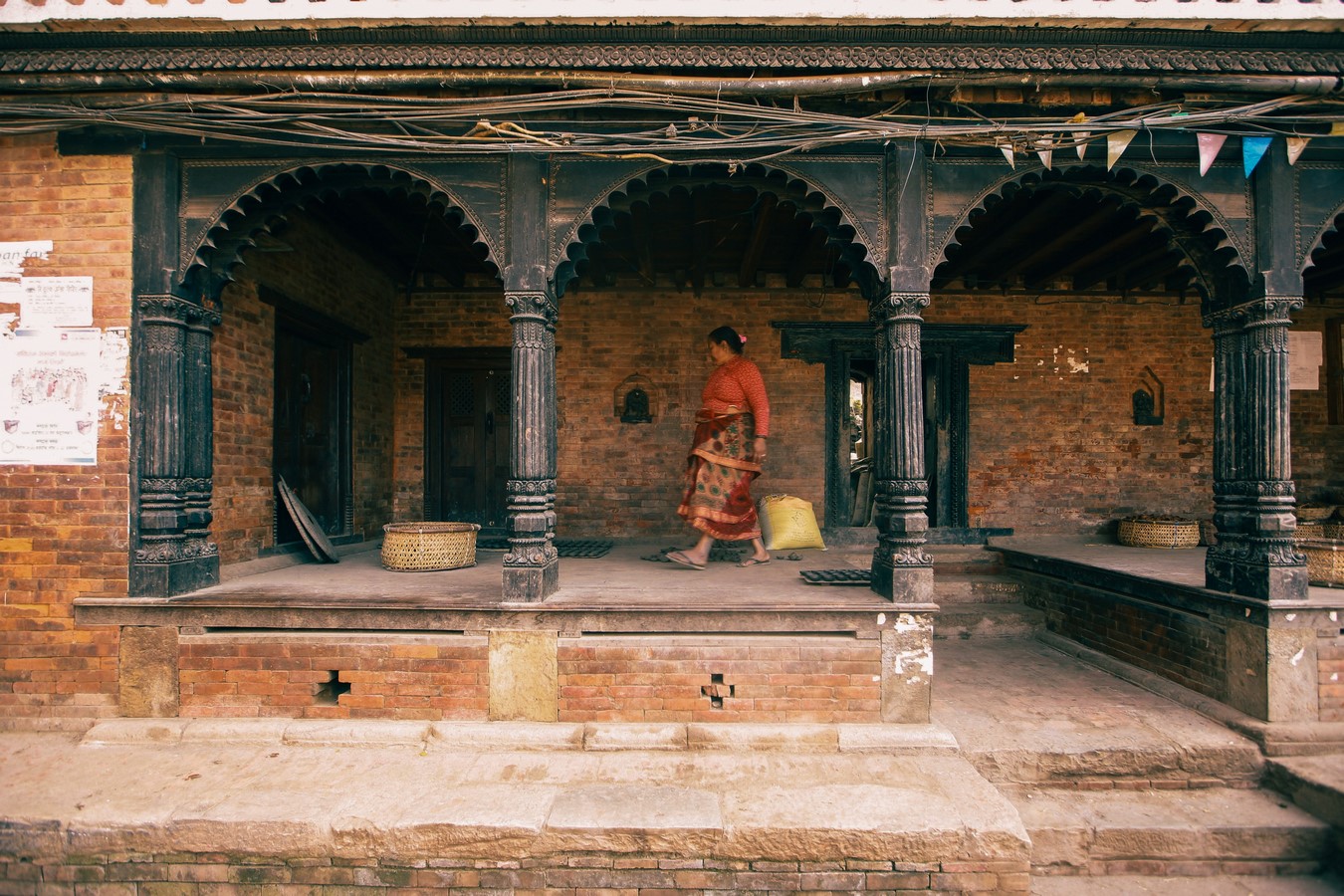
Before embarking on any design, it is crucial to grasp the essence of vernacular practices in a particular place. These practices serve as benchmarks for maximising liveability and using local materials and skills best. Vernacular design is an art form that must be studied and understood to create spaces that truly serve our communities.
In this article, we will delve into the fundamental characteristics that define vernacular architecture.
Climate and Environment
Vernacular design is keenly attuned to the local climate, geography, and construction materials. It responds ingeniously to environmental factors such as temperature, humidity, rainfall, wind patterns, and solar direction. For instance, buildings in scorching hot and arid areas might feature thick walls, fewer windows, and courtyards that provide shade and promote natural ventilation. Furthermore, vernacular architecture addresses the challenges of natural disasters specific to each region. In flood-prone areas, for instance, building styles incorporate elevating structures above ground level to safeguard against irreparable damage caused by water.
In South-East Asia’s vibrant and rain-soaked regions, stilt construction with bamboo is a common sight. The inhabitants have perfected this ingenious architectural response to the climate and the threat of floods, showcasing their resilience and adaptability.
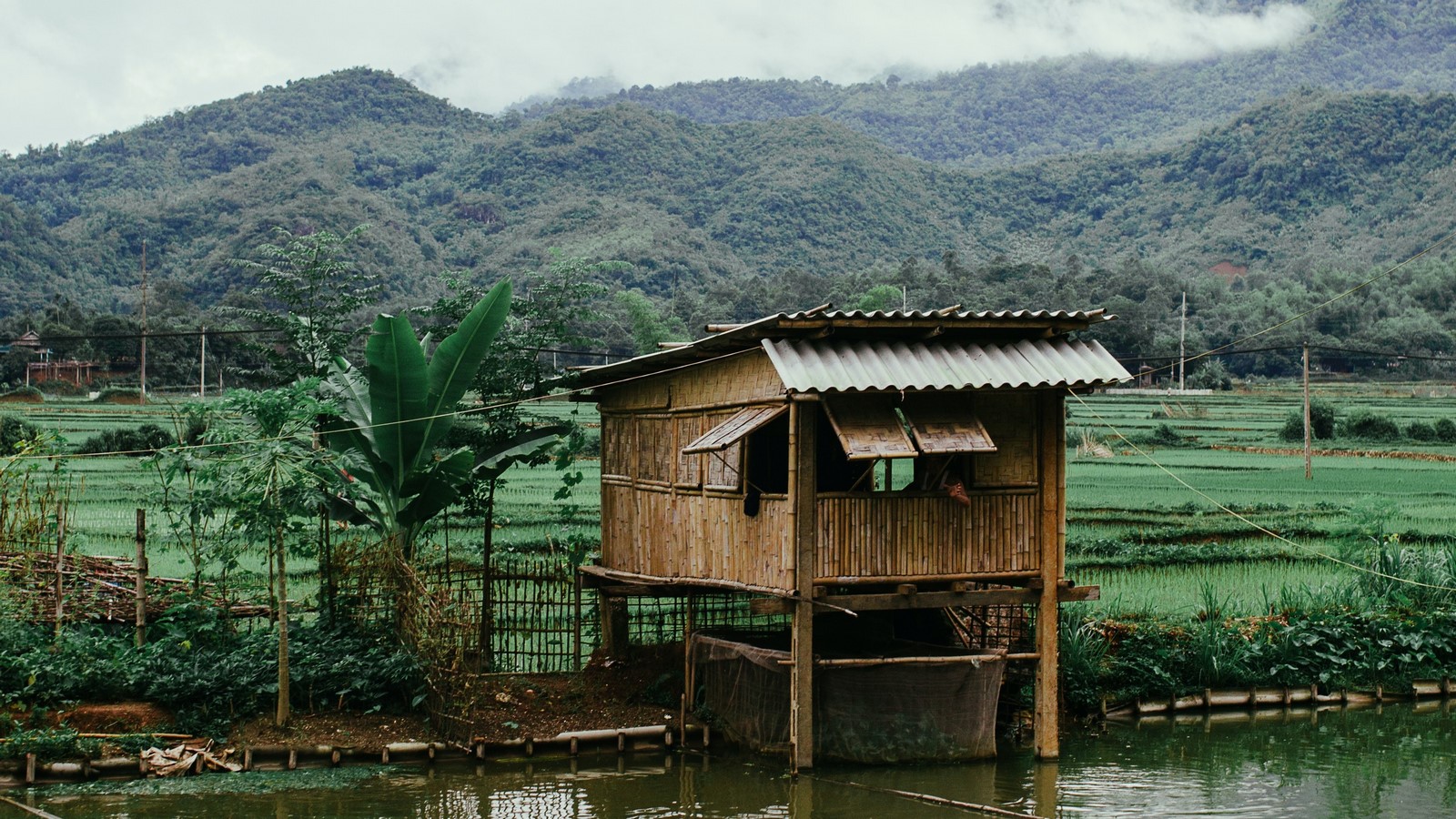
Local Materials
The vernacular design celebrates and utilises native materials, showcasing various options based on location. By harnessing the natural resources found in a specific region, the vernacular design maximises the effectiveness of these materials in their given climate. Stone, lumber, dirt, thatch, bamboo, mud, or clay are just a few examples of the diverse materials frequently employed. Using locally sourced materials not only lends sustainability to vernacular design but also fosters harmony with the surrounding environment.
Consider the traditional building style of Kerala, where locally sourced materials like timber and palm leaves are beautifully integrated into the architecture. Similarly, the tribal communities in Mizoram create modest dwellings using thick bamboo mats, split bamboo poles, and thatched roofs. These structures provide shelter and serve as vessels for passing down tribal customs to future generations.
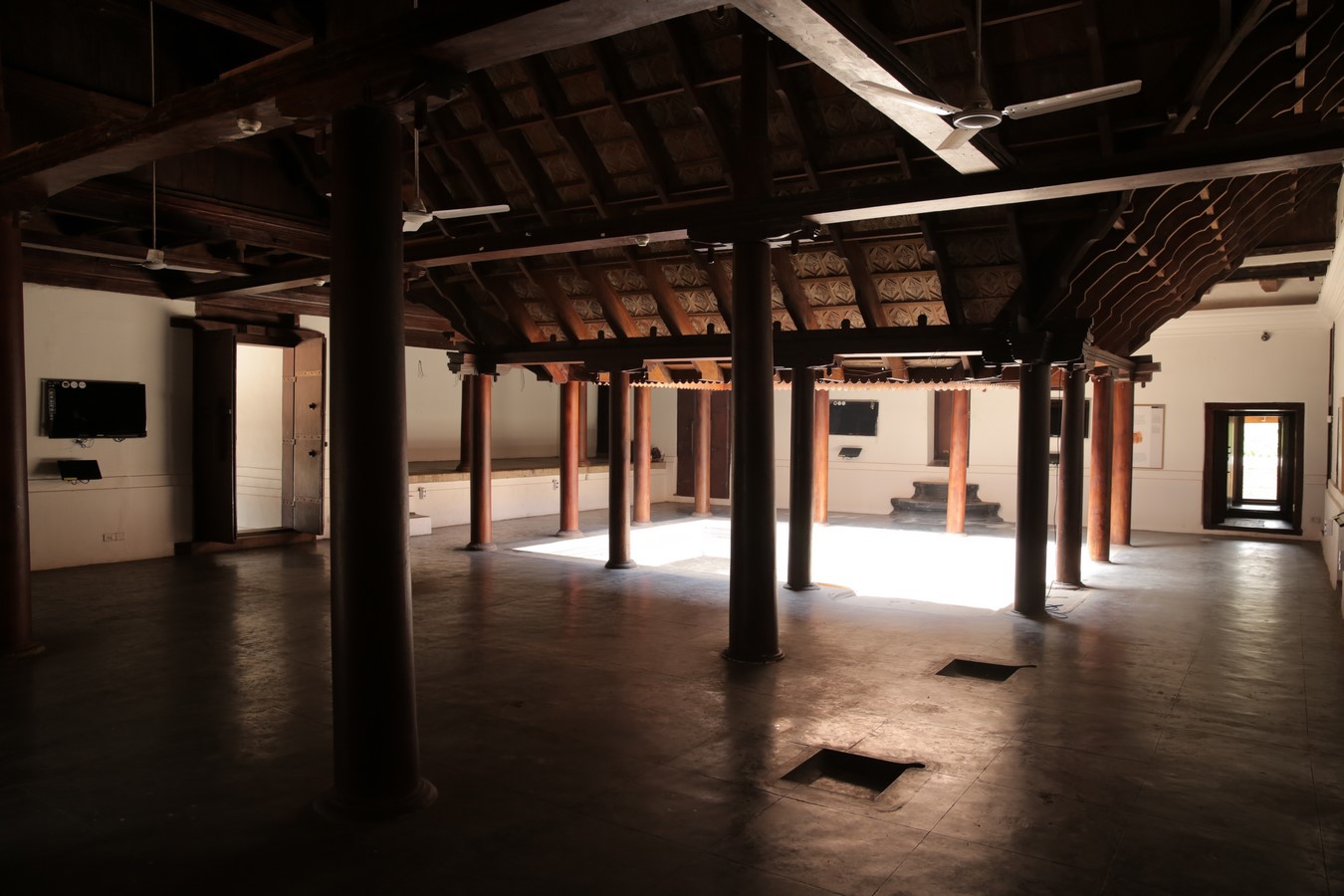
Construction Techniques
Vernacular architecture encompasses a wide range of construction techniques that have been refined over generations. These techniques are deeply rooted in local traditions, materials, and craftsmanship. Vernacular construction methods rely on physical labour and utilise simple, readily available tools.
One commonly encountered technique in vernacular architecture is wattle and daub construction. This method involves creating a woven lattice of timber strips (wattle) and then plastering it with a mixture of mud, clay, or other locally sourced materials (daub). This technique is structurally sound, allows for thermal insulation, and provides a natural and aesthetically pleasing finish.
Overall, the construction techniques employed in vernacular architecture showcase a deep understanding of local materials, climate conditions, and cultural practices. These methods ensure the longevity and functionality of the structures and contribute to the unique aesthetic appeal of vernacular architecture.

Cultural Significance
Vernacular architecture holds profound cultural significance as a vibrant reflection of a community’s identity and heritage. It becomes a tangible symbol of their traditions, beliefs, and customs, weaving together the social fabric of a region. Architectural forms, ornamentation, and layouts are imbued with deep-rooted cultural meanings and reflect the region’s history and values.
From religious practices to social institutions, vernacular design captures the essence of a community’s collective identity. It preserves and celebrates a place’s unique cultural and social values, fostering a sense of belonging and pride among its inhabitants.
In a world where many places are losing their distinctiveness, vernacular architecture is a testament to human cultures’ richness and diversity. It reminds us of honouring and cherishing our cultural heritage, preserving our roots while embracing the future.
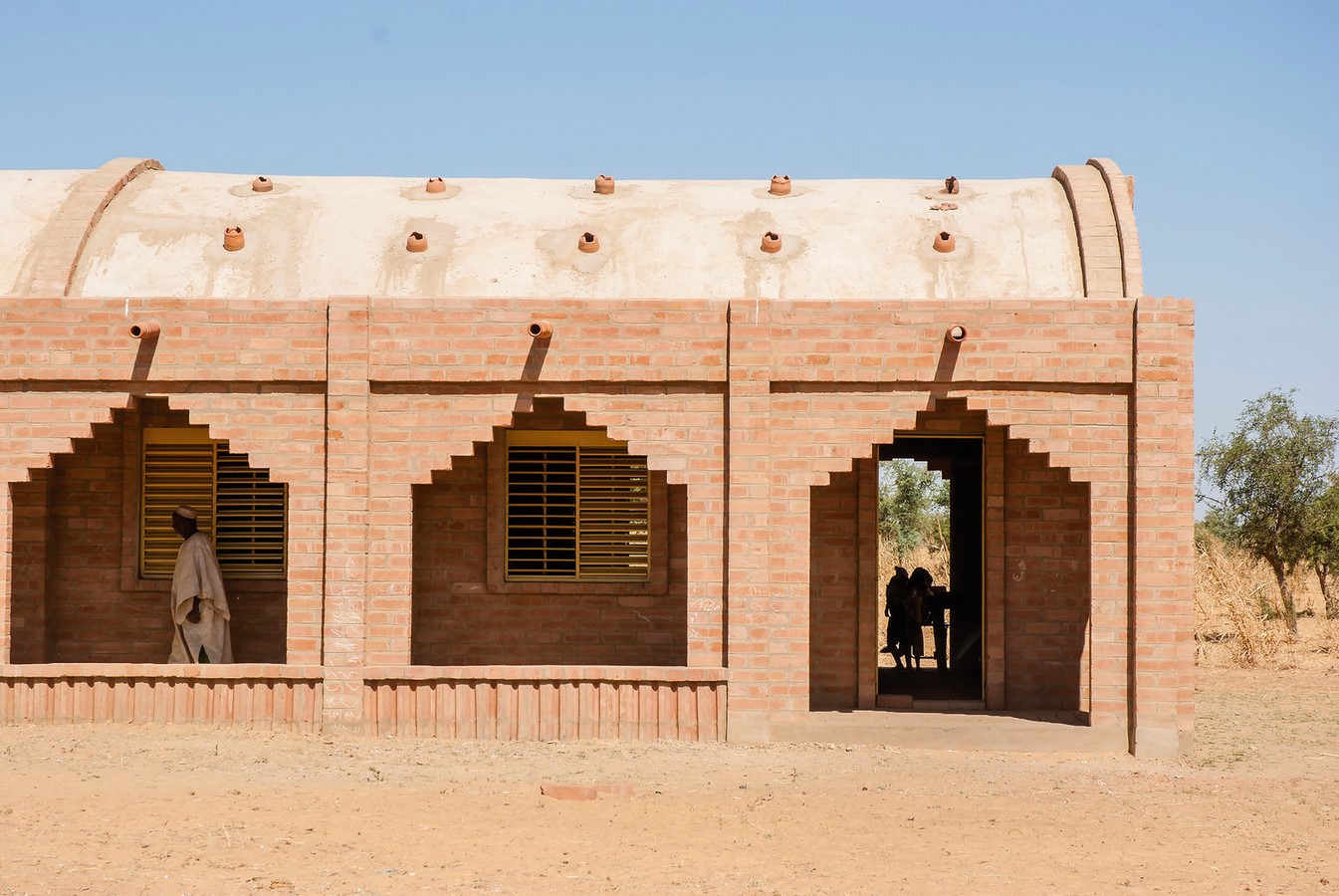
Adaptability and Flexibility
One of the remarkable features of vernacular architecture is its ability to adapt to changing circumstances and requirements. The vernacular design remains flexible and accommodating by embracing a region’s geographic, climatic, and socio-economic conditions. Structures can expand, change, and adapt over time, allowing families to grow and functions to evolve. This adaptability enables vernacular architecture to respond to the evolving needs of communities, whether due to natural calamities or artificial changes.
Vernacular structures are designed to withstand the specific challenges the local environment poses. For example, in areas prone to frequent earthquakes or high winds, vernacular buildings often incorporate techniques such as flexible timber frames or reinforced foundations to enhance structural resilience. By adapting to the site’s natural conditions, the vernacular architecture ensures the longevity and safety of the structures.
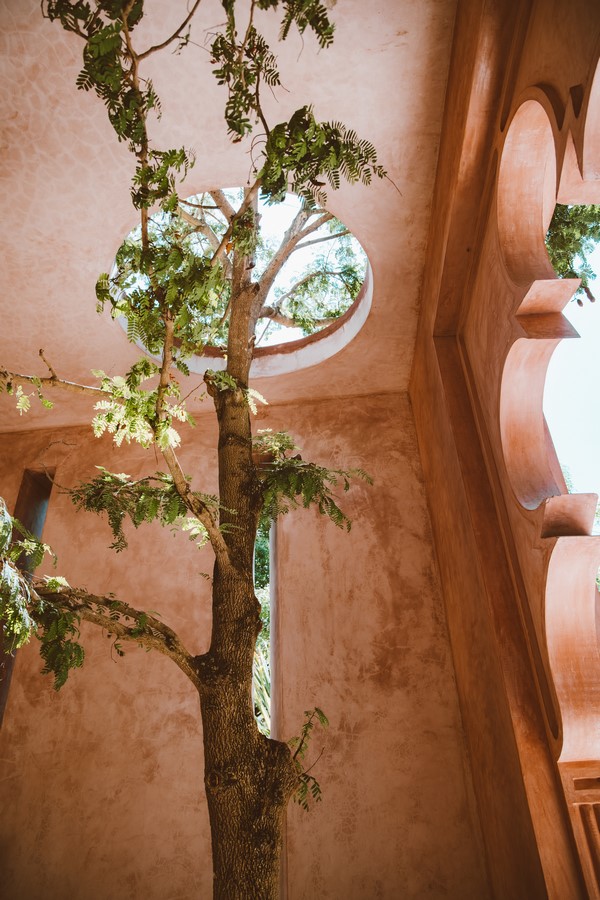
Regional Diversity
Vernacular architecture is intricately linked to the distinctiveness of a region. Each locale possesses its own architectural expression, reflecting its unique culture, history, and environmental context. While certain styles may be associated with specific regions, the vast array of vernacular designs showcases the diversity influenced by location.
For instance, traditional houses in India vary in size, scale, and style, incorporating region-specific elements. From the grand “Havelis” to smaller, more intimate structures, every part of India boasts its distinctive vernacular architecture, preserving the cultural fabric and identity of the region.
Exploring the regional diversity of vernacular architecture is akin to embarking on a journey through the world’s diverse cultures. It allows us to appreciate the rich tapestry of human ingenuity, creativity, and adaptability. Embracing and preserving regional diversity in vernacular architecture sustains cultural identities and fosters cross-cultural understanding and appreciation.
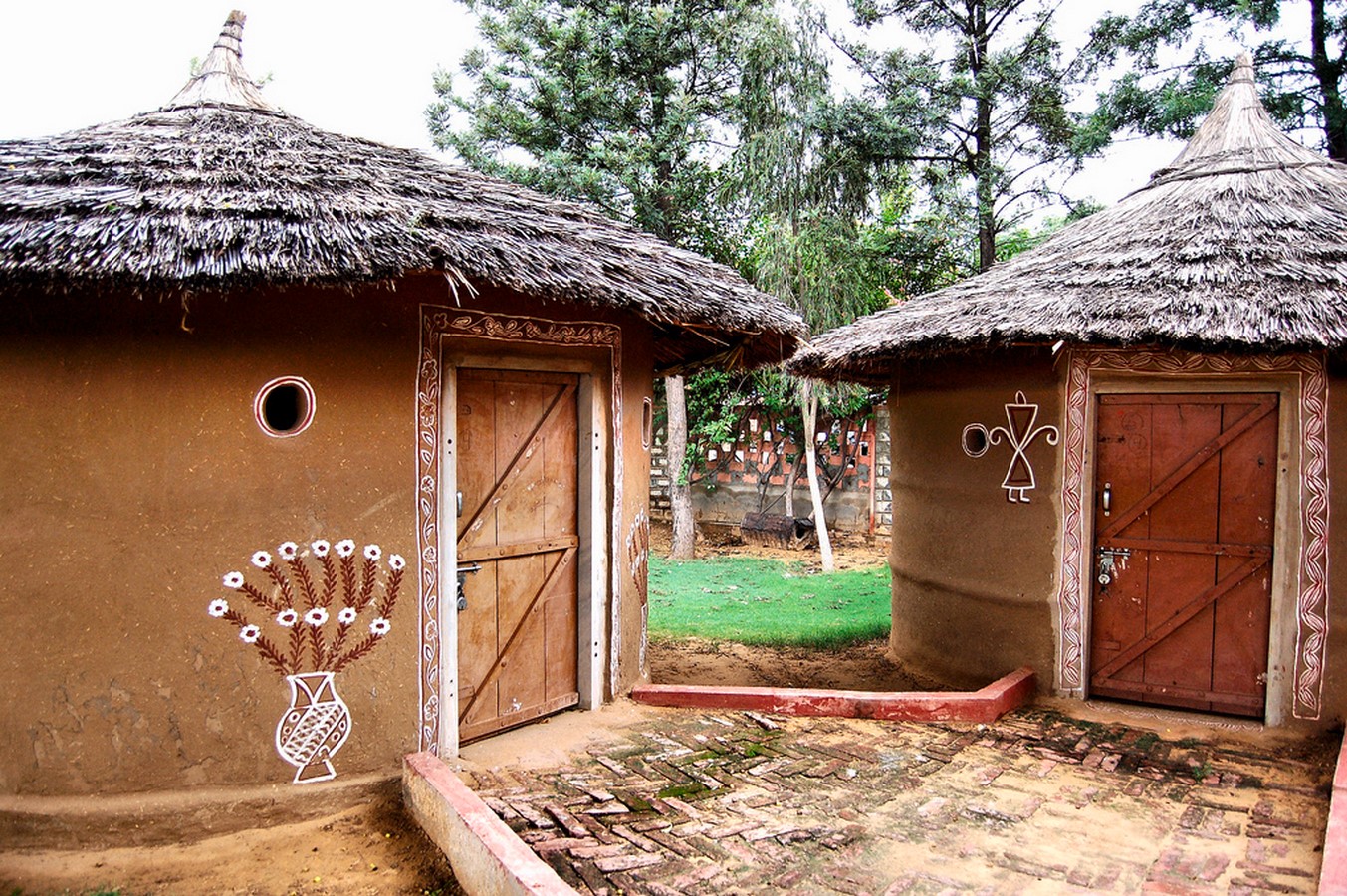
Sustainable Design
The vernacular design incorporates a range of sustainable design principles that promote resource efficiency, ecological harmony, and long-term resilience and also embodies traditional knowledge of natural resource management. Communities have developed sustainable practices for water collection, rainwater harvesting, and waste management that are integrated into the design of their buildings. These practices promote water conservation and minimise environmental pollution.
Overall, sustainable design principles are deeply ingrained in vernacular architecture, creating environments that harmonise with nature and foster responsible use of resources. By embracing the wisdom of vernacular design, we can find inspiration and guidance for creating a more sustainable and ecologically balanced future.
Image 8_Community_www.pexels.com
In conclusion, the vernacular design emerges as a beacon of sustainability, cultural significance, adaptability, and regional diversity. From its responsive design to using indigenous materials and incorporating cultural values, vernacular architecture exemplifies a harmonious relationship between humans and their environment. By embracing the principles of sustainability, cultural diversity, and adaptability, we can create built environments that are functional and beautiful and deeply connected to our collective past and sustainable future. We can pave the way towards a more inclusive, environmentally conscious, and culturally rich world through vernacular architecture.



















